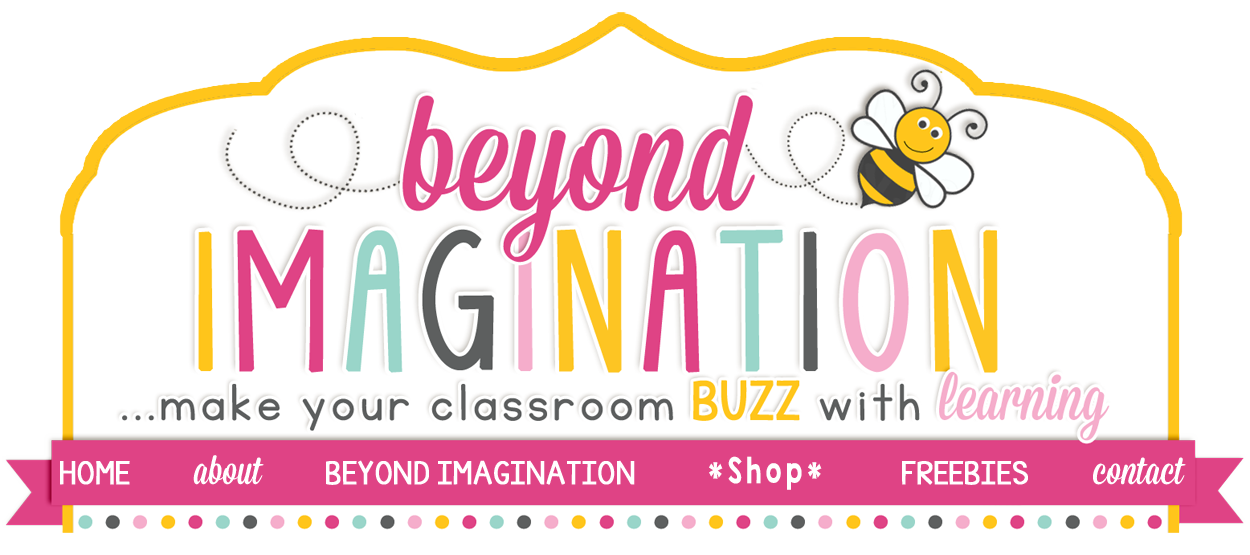Even if you all love your school and your class – new beginnings make
people naturally nervous, and especially if the "new"-s multiply: if
there are new students in the class, if you're a new teacher, or if the entire
class is new.
That's where ice-breakers come in. These simple, usually verbal
games, will facilitate some much-needed communication and bonding in your classroom.
Here are six ideas for some cool and easy ice-breakers.
Here are six ideas for some cool and easy ice-breakers.
Associations game
Association word game is always a catchy and simple way to break the
silence in the class. One student says a word, and the student next to him or her says
the word it reminds them of.
If you want to make it more challenging, make it a rule that the associated
word should begin with the same letter the first word ends with. For example, if
Student #1 says Flower, Student #2 could say Rose.
Telephone Chinese Whispers
The telephone Chinese whispers game is always hilarious and can be used as an ice-breaker in
both novel and already bonded class communities.
Get students to sit in a line (more than 10 to 12 might not be
practical, if this is the case make two or three lines). The first student in a chain should whisper their statement to the
student next to them, and so the sentence’s journey to the end of the line
begins. By the time it gets to the last student, it will be amusingly distorted.
When the last student gets the message, the first student should proclaim what they said, and the last one what they actually heard. The difference will cause
bursts of laughter.
If you're afraid the rest of the students waiting on their turn will get
bored, they can make up the first sentence that you will whisper to the first
student in line, and the game can begin.
Name chain game
This is a great game if you have a new class and want them to remember
each other's names.
Put four or five chairs in front of the class facing others, and tell
the first group of four or five students to sit down. The first student will
say his or her name, favorite English word, and another fun fact about him or herself.
The second student will do the same but will have to repeat the name and one piece of information about the first student. As you go down the line, the amount of
information the students need to remember increases. So be kind to the last student in line, who
will have to repeat four names and four facts. But the challenge is where the
fun lies.
Pass the note
Note passing is a favorite old-school pastime for students.
Although it is not traditionally appreciated by teachers, you can make the practice work in
your favor by using it as an ice-breaker.
The students need to be divided into pairs. They should then write notes to each other,
writing down interesting facts about themselves for their partner to read and
remember. The only rule is that there is no talking. Continue to do this for
about 10 minutes. In the end, each student should tell a story about their
partner based on what he or she received in the notes.
Toss and Tell
Get a soft ball that is easy to catch. Get your class to sit in a
circle. You will start the game - ask a question about the summer holiday or
any other light and vivid topic and throw the ball to a random student. The one
who catches the ball answers the question, and then asks a question and
randomly throws the ball to another student. The random tossing act will keep
them focused, and since they will naturally avoid throwing the ball to the same
people, everyone will get to tell their story.
Good graffiti
Grafitti – the practice of writing on walls – has been a human expression medium
from the dawn of civilization, starting with cave drawings. Here is a way that you can
offer your students to set their feelings free in a classroom setting using graffiti that does not include writing directly on walls.
Before your students enter the classroom for the first time in a year,
take big sheets of construction paper and put them on the biggest classroom
wall you have. Make sure the wall itself is protected, either by tape or another, darker
paper beneath the one that you will be drawing on. Write a positive, upbeat
message such as "Welcome," "Happy," or "Woohoo!"
in bubbly letters.
When your students come in, explain to them how graffiti has been used for
millennia. Although we all know about profanities and destructive attitudes of
modern graffiti, explain to them that your classroom messages should be
positive and uplifting, because you want your school year to be just like that.
Other than that – there are no limitations. Just draw and write, and celebrate
the new beginning.
If you are looking for a low prep back to school options why not check out my Back To School Resources Available HERE.







